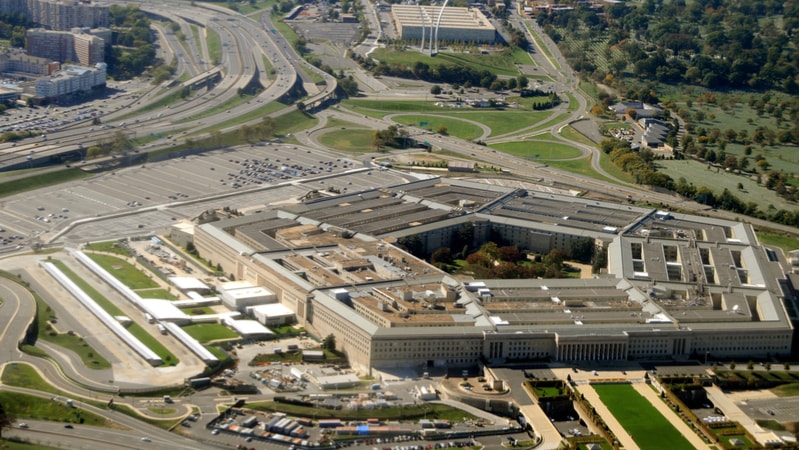
Republicans in both the House and Senate are pushing for at least a $100 billion increase in defense spending over the next decade to support President Trump’s agenda including the creation of an “Iron Dome for America” missile defense.
The Senate Budget Committee unveiled a budget blueprint on Tuesday proposing a $150 billion increase from fiscal years 2025 to 2034 in defense spending to strengthen the U.S. Navy, support the defense industrial base, develop an integrated air and missile defense system, and continue the modernization of strategic nuclear forces.
The House Budget Committee’s blueprint, released on Wednesday, suggests a $100 billion spending cap for the military.
During a Senate Budget Committee hearing, several Democratic lawmakers criticized the GOP’s proposal, arguing it would increase the national debt. Sen. Tim Kaine, D-Va., a member of the Senate Armed Services Committee, questioned why Republicans were using the budget reconciliation process to raise defense spending when both parties have agreed to pass supplemental funding for the Pentagon in recent years.
“You don’t need to use reconciliation to find spending on defense … We do it all the time in a bipartisan way,” Sen. Kaine said.
Sen. Lindsey Graham, R-S.C., chairman of the Senate Budget Committee, pushed back at the criticism, stating that Congress “needs to break the cycle of raising defense spending in conjunction with also boosting funding for non-defense programs.”
“We want to increase defense spending because we believe we have threats from China, Russia, Iran, terrorist levels that are unprecedented. We want to rebuild our military as quickly as we can,” Sen. Graham said.
Both resolutions support President Trump’s agenda, which includes tax cuts, border security, energy independence, and military strengthening. The House plans to address all priorities in one bill, while the Senate aims to separate the tax cuts into separate legislation.
The Senate Budget Committee approved its budget blueprint by a vote of 11-10, along party lines.
Financing the Iron Dome
While the House Republican budget blueprint only outlines basic figures, the Senate version makes clear it includes funding for President Trump’s Iron Dome for America.
On Jan. 27, President Trump signed an executive order calling for the development of the Iron Dome missile defense system.
The “The Iron Dome of America” executive order directs the Department of Defense (DoD) to “deploy and maintain a next-generation missile defense shield” against hypersonic weapons and other advanced aerial threats, which the order designated as “the most catastrophic threat facing the United States.”
While the executive order provides some details, the exact requirements for building the Iron Dome remain unclear. A military official today offered members of the Senate Armed Services Committee an overview of what would be needed to build the system.
General Gregory M. Guillot, commander for the U.S. Northern Command and North American Aerospace Defense Command, told lawmakers that a critical part of the Iron Dome would be a “comprehensive sensor layer from seabed to space to detect and track adversaries beyond current detection ranges.”
Guillot proposed building onto existing ground-based interceptors and next-generation interceptors to counter intercontinental ballistic missiles by creating “the sensing layer” of this new missile defense system.
“Some of those capabilities are right on the edge. Others are probably three to five years out, but I think within the end of a year, we could have a significant capability that could network those into a single sensing grid,” he said.
